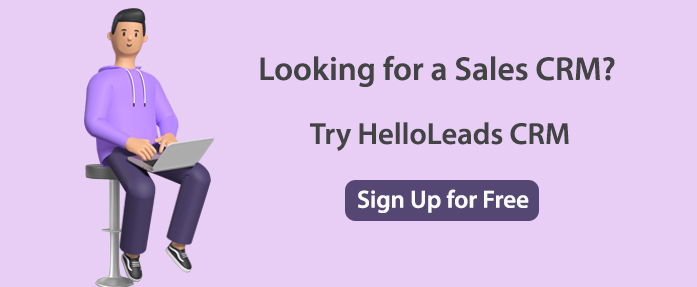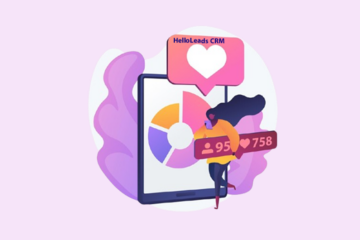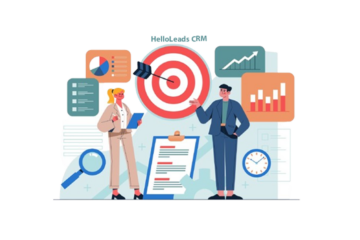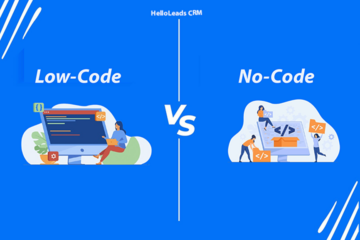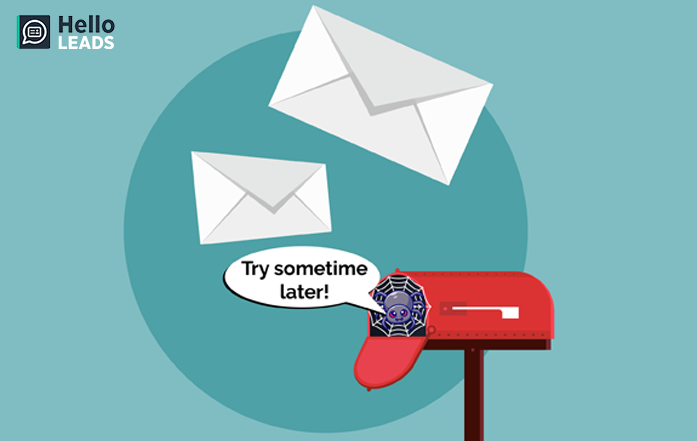
Email Marketing is a powerful tool to reach out to your target audience and build relationships with them. A well-executed email marketing campaign can boost user engagement, retention, and conversion rates. An unsuccessful email marketing campaign, on the other hand, not only fails to achieve any of the desired results but also has the potential to harm your brand’s reputation by appearing spammy or uninviting. The significance of a well-planned and effective email marketing campaign cannot be overstated.
A soft bounce rate in email marketing refers to the percentage of recipients that have not checked their inbox after receiving your message. If your email has a high soft bounce rate, it means there are probably some invalid email addresses in your list or some people are not receiving your emails due to some other reason. In this post, we’ll discuss what constitutes a good bounce rate and offer suggestions to help you get there.
What is an acceptable email campaign bounce rate?
Ideally, your bounce rate should be less than 2%. If your bounces are already within that range, don’t be concerned—this is normal. However, if your bounce rate exceeds 5% or even 10%, something isn’t quite right.
If you don’t want this to happen, you must keep your finger on the pulse and calculate your email bounce rate on a regular basis. The formula is as follows:
Bounce Rate = (Bounced Emails / Total Recipients) * 100%
For example, if you send an email campaign to 1000 recipients and 5 emails bounce, you must multiply (5 / 1000) x 100 to get a bounce rate of 0.5%, which is a fantastic bounce rate!
The significant distinction between hard and soft bounces
While maintaining a healthy bounce rate range is important, it’s also important to consider the type of bounces you’re getting.
Soft bounces are usually temporary and indicate an overloaded email server. Before giving up, your email service provider will attempt to resend the email campaign several times (usually five). Soft bounces, in most cases, will result in a successful delivery after several attempts.
Hard bounces are more serious than soft bounces because they are permanent failures. Hard bounce refers to instances where the recipient’s mail server was not available when your email marketing tool tried to deliver the email and indicate an issue with the recipient’s server.
A hard bounce is an indication of the health of your email marketing campaign and it is an important metric to look at. A large percentage of hard bounces can impact the deliverability of your emails, which in turn will affect your email open rate and conversion rate.
It is critical to remove all hard-bounced email addresses as soon as you discover them. ESPs (Email Service Providers) typically suppress all email addresses that result in hard bounces.
Why Does a High Bounce Rate Matter?
A high bounce rate in email marketing can be an indicator of poor quality in your contact list. If your email marketing campaign is failing to deliver emails to the inbox, it may be because the people you have added to your list do not actually exist or have invalid email addresses. This can have a negative impact on your reputation as recipients might mark your email as spam or simply delete it without opening it due to a high level of frustration. If a high bounce rate is not addressed, it can lead to a low open rate, a low conversion rate, and low user engagement.
What Causes Soft Bounce in Email Marketing?
There could be various reasons behind high bounce rates in your email marketing campaign. The most common causes of a soft bounce rate in email marketing are:
- Invalid email addresses in your contact list – Email addresses that are not verified or are not deliverable for any reason are likely to cause a soft bounce in your email marketing campaign. Make sure you have a robust email verification process to minimize the chances of having faulty email addresses in your contact list.
- Poor deliverability – ISPs may mark your emails as spam if the frequency of emails from your server exceeds the limit or if there is improper content in your messages. This can also result in soft bounces.
- Wrong content in your email campaign – Emails that are irrelevant or do not offer any value to your subscribers are likely to be deleted without even being opened. This can generate a high bounce rate.
How to Find Out Which Email Addresses are Causing the Issue?
You should identify the source of the problem and then you can proceed with cleaning up the list by removing the invalid or unwanted entries. You can use a service like an Email Address Analyzer, a free online tool that helps you find and fix invalid email addresses. The tool allows you to upload your email marketing campaign list and identify all the invalid email addresses. This way, you will be able to identify the source of the soft bounce rate and address the problem. You can also hire a professional email hygiene service to scan your list and identify possible issues. You can also use a free service like Bounce Explainer to identify the cause of a high bounce rate.
How to Reduce Soft Bounce in Email Marketing?
The first step to reducing the soft bounce rate in your email marketing campaign is to identify the root cause of the problem. Once you have identified the cause, you must take the necessary steps to fix the problem. Soft bounce rates are usually high in the first few days after you send an email marketing campaign, so the bounce rate for the first few days is not a good indicator of the campaign’s overall success. Soft bounce rates should be monitored over a period of time. You should look at the average bounce rate over a longer period of time to get a better picture of the health of your email list. The longer the period, the better, but a period of one month is a good starting point.
If you’ve discovered an above-average bounce rate or simply want to lower yours for better results, here are some methods for lowering your email bounce rate.
1. Make use of double opt-in:
Use a two-step opt-in process. Send a confirmation email to new subscribers with a link to click to verify their address. This ensures that you only send emails to people who want to hear from you.
2. Maintain Proper Mailing List Hygiene:

Be wary of incentivized sign-ups. While free Wi-Fi and lead magnets are excellent for gathering contact information, they can also lead to users providing false email addresses. Check your list and clean up as needed. Some of the best email list cleaning practices are as follows:
- Duplicates should be removed/merged.
- Remove any spam email addresses from the list.
- Correct obvious typos, etc.
3. Keep an Eye on Your Domain:
Sending emails from an owned domain is a good business practice. This includes not using an address from a free platform such as Gmail or Yahoo. Sending from your own domain (usually your website) validates you as a legitimate person or business and reduces the likelihood of your message ending up in the spam folder. A good email service provider should be able to assist you in authenticating or verifying your domain. Use a trustworthy email service provider which ensures that campaigns are sent from a high-quality IP address with a good sending reputation.
4. Sort Your List:
By segmenting your list, subscribers will only receive information that they want and need. As a result, they are less likely to blacklist or mark you as spam. One of the most effective segmentation methods is based on engagement: group your most active subscribers together and send them emails more frequently. They have demonstrated an openness to your emails, and the higher you can push your engagement rates, the better your email campaigns will perform overall.
5. Show Up Frequently:
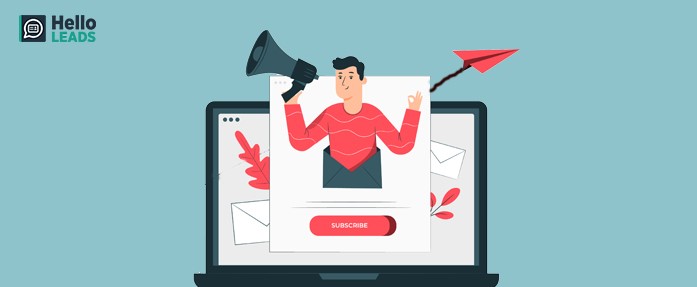
We’ve all received an email from someone we don’t know (or don’t remember), only to discover that we signed up for their mailing list a long time ago and haven’t heard from them since. Instead of building an email list and then disappearing, show up in your subscribers’ inboxes on a regular basis. They’ll start opening and responding to your emails on a regular basis. This will keep your subscriber list active and require little maintenance.
6. Use a Captcha-Enabled Signup Form:
Bots or spam accounts that sign up for your email list are quickly identified by a captcha system. Including one on your signup form ensures that only genuine people who want to join your mailing list do so.
7. Request Changes from Subscribers:
Email addresses change. It’s very unlikely that you have the same email address as you did when you were eighteen. To ensure that your list is full of active email accounts, ask your subscribers to notify you if anything changes, such as when they get a new job and thus a new email address, or if they update their information in any way.
8. Remove Email Addresses That Have Hard Bounced from Your List:
Remove hard-bounced email addresses from your list as part of your regular list-cleaning routine. It’s pointless to keep them because they’re either incorrect or inactive, which means your emails will never reach them. Hard-bounced emails should be deleted as soon as they appear to keep your email bounce rate low and healthy.
9. Make Your Opt-Ins Meaningful:
People usually join your email list by opting in to receive an incentive, such as an e-book, a checklist, a demo, or a special offer that brings them one step closer to making a purchase. Create opt-ins that are laser-focused on your target audience to ensure you get high-quality subscribers who will engage with your emails later. The more closely aligned the content is, the more likely they are to provide you with an active email address in the first place and continue to open your emails.
10. A/B Email Testing:
Some emails outperform others. To determine which phrases and features your subscribers respond best to, test out key elements such as subject lines, email copy, and CTAs.
Conclusion:
A high bounce rate in email marketing can be a serious issue for your brand because it indicates that there is a problem with your contact list. You must address the issue by cleaning up your contact list. You can use a free online tool to identify the issues or hire a professional email hygiene service to get the job done. You must also make sure your email marketing campaign is effective and relevant to avoid generating a high bounce rate. If it’s too high, it can harm your entire email marketing campaign and make it difficult to achieve the desired results. Keep it low, and you’ll ensure that your list is active and healthy. Follow the steps outlined above to lower your bounce rate and, as a result, encourage more email opens, click-throughs, and sales.
Share this blog :